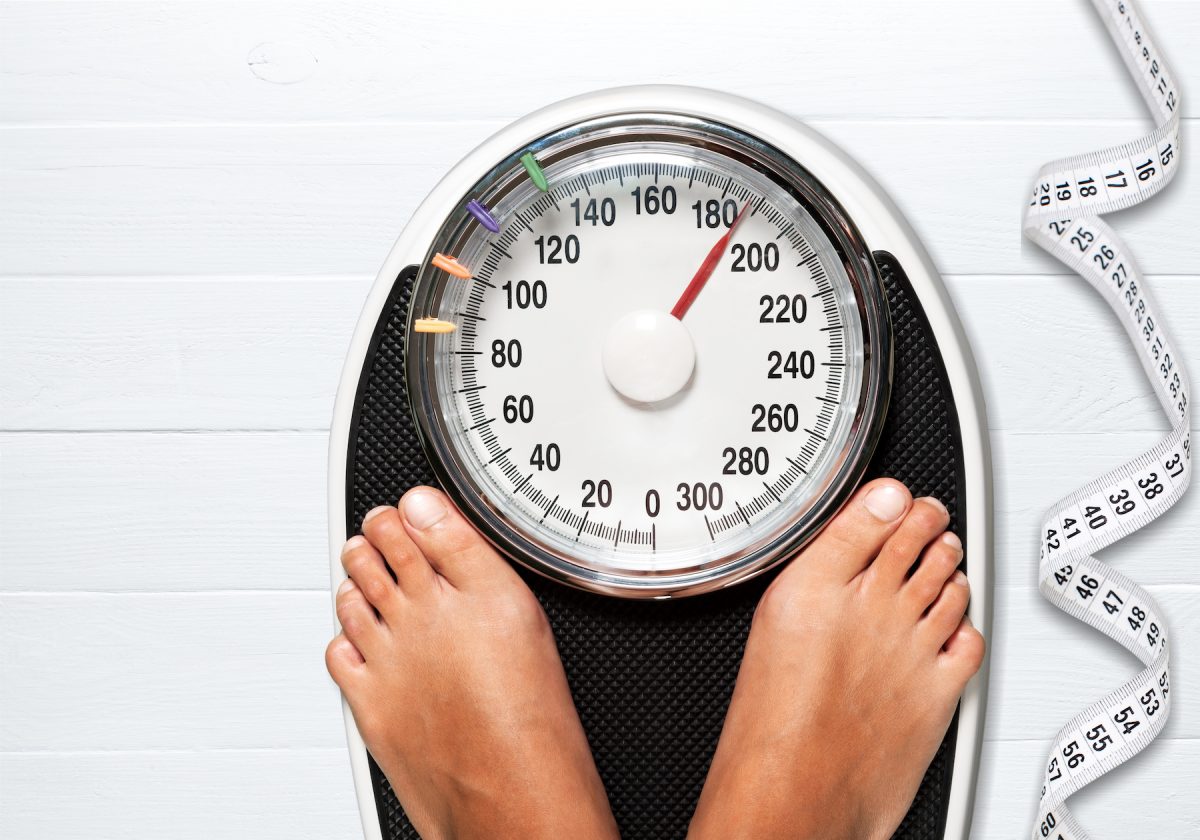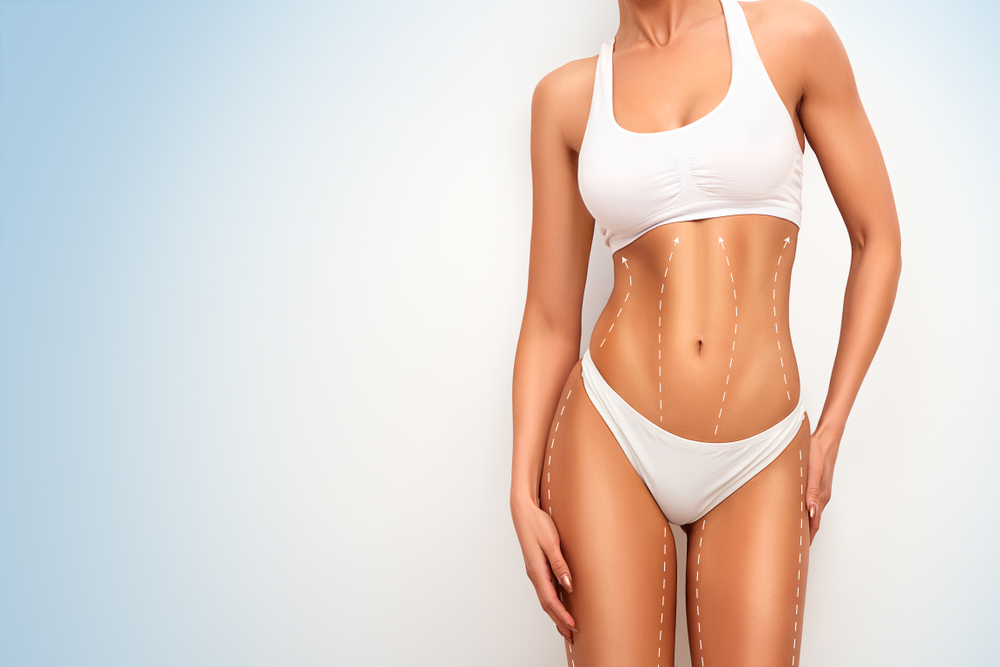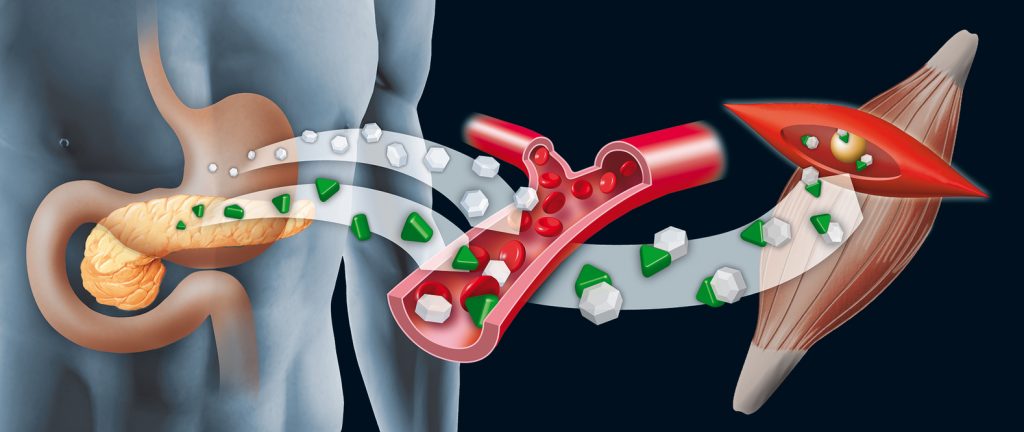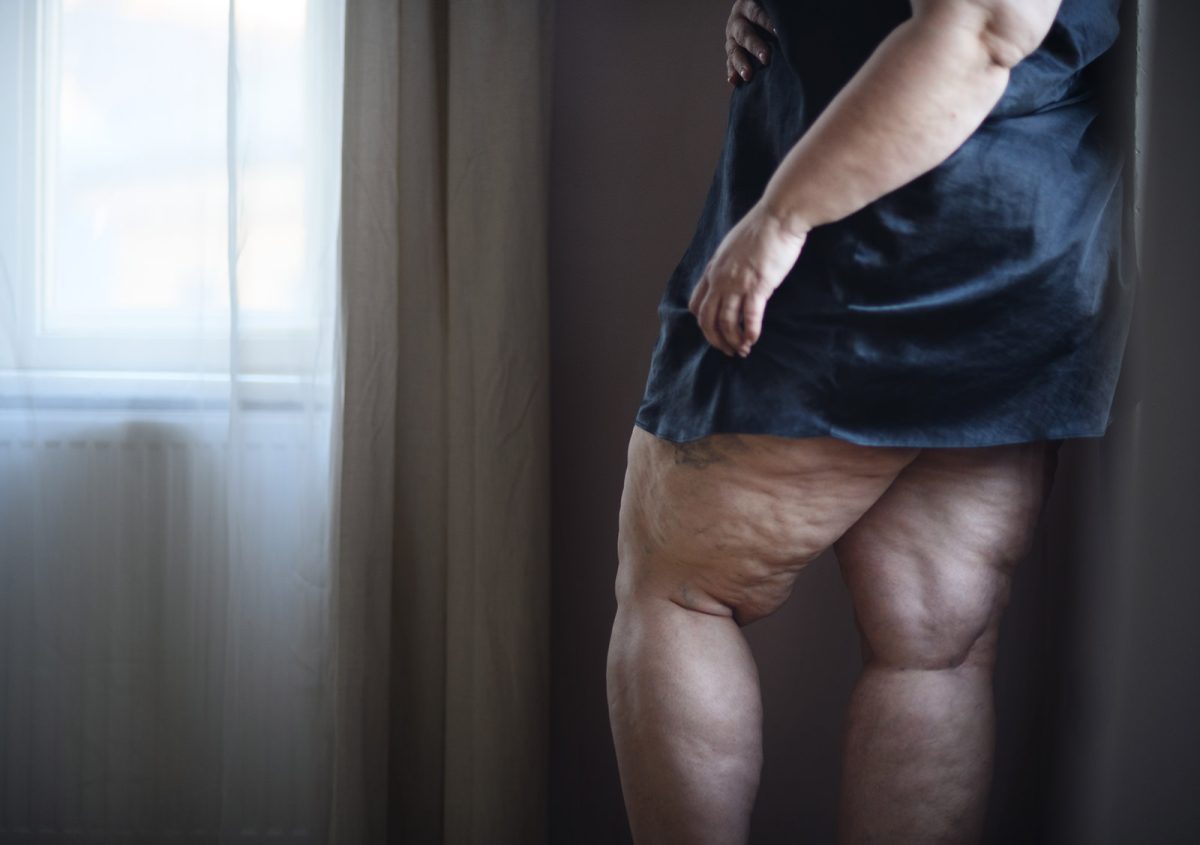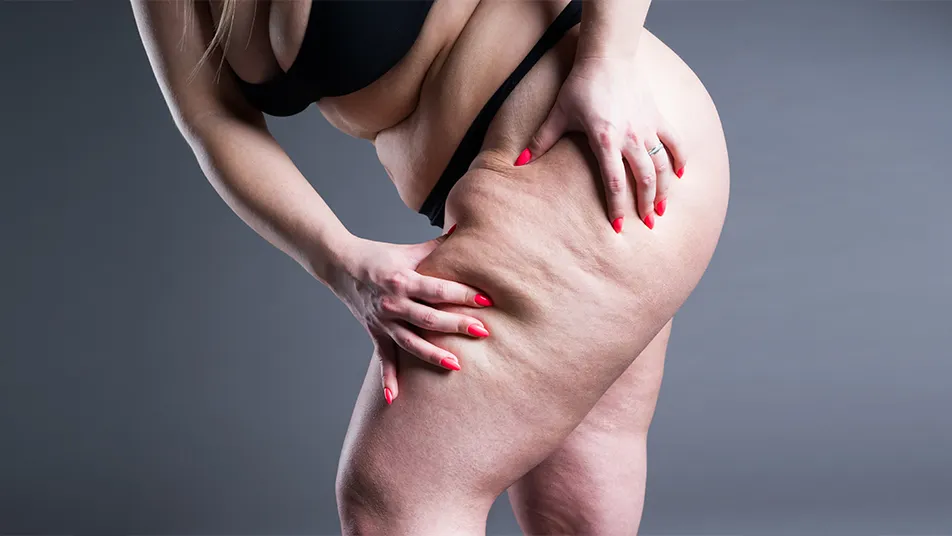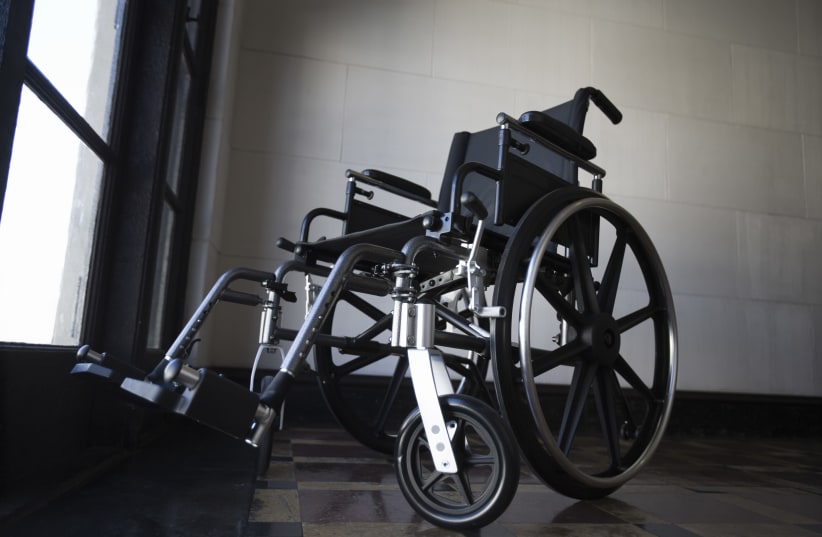Liposuction has evolved significantly since its inception in the 1970s, becoming one of the most popular cosmetic surgery procedures among cosmetic surgery patients at plastic surgery clinics, performed by skilled cosmetic surgeons. Initially seen as a purely cosmetic procedure in plastic surgery clinics, it now offers deeper psychological benefits for many aesthetic liposuction patient populations who underwent aesthetic liposuction procedures. Exploring the psychological benefits of cosmetic procedures like liposuction reveals how body image and self-esteem can dramatically improve post-surgery, addressing problems related to disorder. Many patients report increased confidence and a positive shift in their mental health after cosmetic procedures, including plastic surgery, despite some problems on the cosmetic surgery scale.
This cosmetic procedure can lead to a renewed sense of self-worth and empowerment despite any problems associated with cosmetic surgery or plastic surgery. It helps individuals feel more comfortable in their skin through cosmetic procedures, such as the psychological benefits of liposuction, which can enhance social interactions and overall happiness despite problems related to plastic surgery. Understanding these benefits is crucial for anyone considering liposuction. This insight provides a holistic view of cosmetic procedures and problems beyond physical changes.
Key Takeaways
-
Liposuction, a cosmetic procedure, can lead to significant improvements in self-image, helping individuals with a disorder feel more confident in their appearance.
-
The cosmetic procedures may reduce anxiety and depression by addressing body image issues, which can be crucial for mental well-being and disorder.
-
Enhanced social interactions are common, as people often feel more comfortable engaging with others post-surgery, especially after cosmetic procedures, regardless of age or disorder.
-
Consider liposuction as a cosmetic procedure and motivational boost to adopt a healthier lifestyle, including better diet and exercise habits, regardless of age or disorder.
-
The procedure promotes body autonomy, empowering individuals of any age to take control of their bodies and personal choices, especially those with a disorder.
-
Many experience renewed interest in personal development and life goals after undergoing liposuction at any age, leading to an overall enhanced quality of life.
Understanding Liposuction
Liposuction is a cosmetic surgical procedure designed to remove excess fat from specific areas of the body, regardless of age. This procedure helps reshape and contour the body at any age, making it a popular choice among many individuals, especially women. Surgeons perform liposuction in various settings, including plastic surgery hospitals like those in KL.
Common areas treated by liposuction include the abdomen, thighs, and arms. These regions often hold stubborn fat that resists diet and exercise. Many people choose liposuction to achieve a more toned appearance. The results can boost self-esteem and improve body image.
The process of liposuction involves several techniques. One common method is tumescent liposuction. In this technique, surgeons inject a solution into the targeted area before removing fat. This solution contains saline, which helps numb the area, along with epinephrine to reduce bleeding.
Another technique is ultrasound-assisted liposuction (UAL). This method uses sound waves to break down fat cells before removal. UAL can be particularly effective for fibrous areas like the back or male breasts. Both methods aim to minimize discomfort and enhance recovery.
Surgeons assess each patient’s needs during consultations. They discuss goals and expectations to determine the best approach for each individual. Patients should understand that while liposuction can help with body contouring, it is not a weight-loss solution.
Recovery after aesthetic liposuction varies by individual. Most patients experience swelling and bruising post-surgery. These symptoms typically subside within weeks. Following the surgeon’s aftercare instructions promotes healing and optimal results.
Liposuction has psychological benefits as well. Many individuals report increased confidence after undergoing the procedure. The ability to wear different clothing styles or feel more comfortable in social situations can significantly enhance one’s quality of life.
Women often seek liposuction to regain their pre-pregnancy bodies or simply to improve their overall shape. The emotional impact of feeling satisfied with one’s appearance should not be underestimated. It plays a crucial role in mental health and self-worth.
In summary, understanding liposuction is essential for anyone considering this cosmetic surgery procedure. It provides both physical and psychological benefits. By knowing what to expect from the process and results, individuals can make informed decisions about their body image goals.
Physical Benefits of Liposuction
Fat Removal
Liposuction effectively targets unwanted body fat. This cosmetic surgery procedure focuses on stubborn fat deposits. These areas often resist diet and exercise. Many liposuction patients seek this treatment for that reason. They want to eliminate excessive fat in specific regions.
Plastic surgeons use various techniques to perform the procedure. Some methods include tumescent liposuction and ultrasound-assisted liposuction. Each technique helps in removing fat efficiently. Patients notice a significant reduction in fat after the surgery.
Body Contour Improvement
Aesthetic liposuction results can dramatically improve body shape. The procedure enhances body contour and proportion. Many individuals feel more confident after achieving their desired look. It reshapes areas like the abdomen, thighs, and arms.
Liposuction patient populations often report high satisfaction rates. They appreciate the enhanced appearance of their bodies. Improved proportions can lead to better fitting clothes and increased self-esteem.
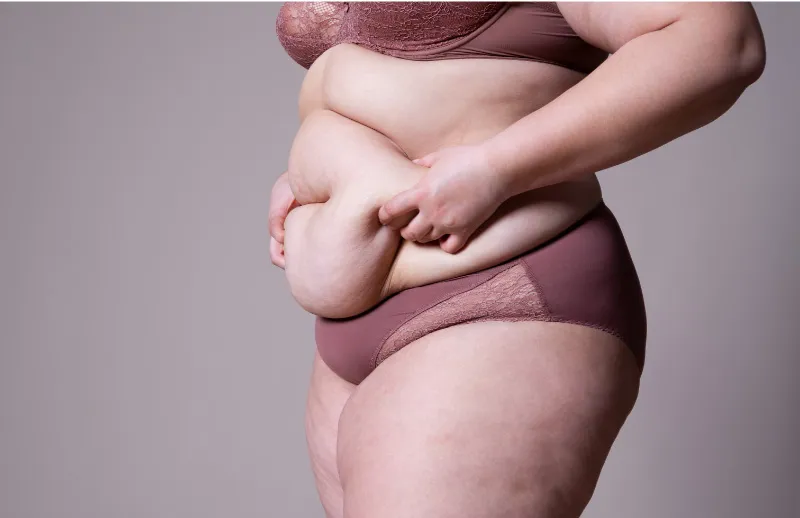
Health Benefits
Reducing excess fat has health advantages beyond appearance. Studies show that removing fat deposits lowers health risks. Excessive fat contributes to conditions like heart disease and diabetes. By eliminating these risks, patients can enjoy a healthier lifestyle.
Liposuction may encourage patients to adopt healthier habits post-surgery. Many become more active and mindful about their diets. This shift can lead to long-term weight management.
Emotional Impact
The psychological benefits of improved body image are significant. Many liposuction patients experience a boost in self-confidence. Feeling good about one’s appearance can enhance overall well-being.
Patients often express happiness with their new bodies. They find joy in engaging with social activities they once avoided. This change can be empowering and transformative.
Improved Self-Image
Boosted Confidence
Liposuction can significantly enhance self-confidence. Many patients feel a sense of achievement after reaching their desired body shape. This change often leads to a more positive self-view. When individuals see the results of their cosmetic surgery, they tend to feel proud of their appearance.
A study published in the journal Plastic and Reconstructive Surgery found that many patients reported increased confidence post-surgery. They felt more comfortable in social situations. Increased confidence can lead to better interactions with others and improved relationships.
Enhanced Body Satisfaction
Fitting into clothes better plays a crucial role in improving body satisfaction. After liposuction, many find it easier to wear styles they previously avoided. This newfound ability can lead to feeling more fashionable and attractive.
Patients often express joy when they can wear clothes that highlight their new figures. They experience a shift from body dissatisfaction to body satisfaction. The change influences how they view themselves daily.
Positive Body Image Perception
The psychological effects of achieving a desired look are profound. Patients frequently report an improved body image and the psychological benefits of liposuction after undergoing this successful cosmetic intervention. This improvement is not just about physical changes; it extends to mental well-being.
Feeling good in one’s skin can reduce feelings of anxiety related to appearance. A positive body image fosters a healthier mindset. Many individuals notice that their perception of beauty aligns more closely with societal standards after surgery.
Impact on Women’s Self-Esteem
Women, in particular, report significant benefits from liposuction regarding self-esteem. The pressure to conform to beauty ideals can weigh heavily on them. Cosmetic interventions like liposuction offer a way to combat these pressures.
Research indicates that women who undergo plastic surgery often experience a boost in self-worth. They feel empowered by taking control of their bodies and choices. This empowerment often translates into other areas of life, such as career and personal relationships.
Addressing Perfectionism
While liposuction can improve self-image, it’s essential to manage expectations. Some individuals may struggle with perfectionism and unrealistic goals. Understanding that no one is perfect is vital for long-term satisfaction.
Patients should seek guidance from professionals before making decisions. Setting realistic goals helps maintain a healthy perspective on body image. This approach ensures that cosmetic surgery serves as a tool for improvement rather than a source of additional stress.
Reduced Anxiety and Depression
Body-Related Anxiety
Liposuction can significantly reduce body-related anxiety. Many individuals feel self-conscious about their appearance. This anxiety often stems from societal pressures and personal expectations. After achieving their aesthetic goals, patients report feeling more confident in social situations. They experience less worry about how others perceive them. The transformation can lead to a newfound sense of freedom. This shift positively impacts daily activities, making social interactions less stressful.
Depressive Symptoms
Body dissatisfaction can lead to increased depressive symptoms. Research shows that individuals who are unhappy with their bodies often struggle with mood disorders. Liposuction addresses these concerns directly by reshaping the body. Patients frequently notice a decline in feelings of sadness after surgery. A study published in the journal Plastic and Reconstructive Surgery found that many patients experienced reduced symptoms of depression post-operation. Improved body image contributes to this positive change.
Mental Well-Being
Overall improvement in mental well-being is another benefit of liposuction. Patients often express greater satisfaction with their lives after the procedure. Enhanced self-image boosts confidence levels, leading to better mood stability. Individuals may find themselves engaging more in social activities. They often pursue hobbies they previously avoided due to self-consciousness. This increase in participation can foster new friendships and strengthen existing relationships.
Psychological Distress Reduction
Psychological distress is common among those struggling with body image issues. Liposuction can alleviate this distress by changing how individuals view themselves. The procedure allows people to align their outer appearance with their inner self-image. As a result, they may experience fewer psychological problems related to body image. Many patients report feeling empowered and motivated after surgery.
Anesthesia and Recovery
The use of anesthesia during liposuction also plays a role in mental health outcomes. Patients typically feel relaxed and calm during the procedure itself. Post-operative recovery offers time for reflection and adjustment to the new body shape. This period can be therapeutic as individuals begin to embrace their new look.
Enhanced Social Interaction
Increased Participation
Many individuals notice an increased willingness to engage in social activities after liposuction. Data shows that people often feel more confident in social settings. This newfound confidence leads them to attend events they might have previously avoided. Activities like parties, gatherings, and even casual outings become more appealing.
The desire to connect with others grows stronger. Individuals often take the initiative to invite friends out or participate in group activities. They feel less self-conscious about their bodies. As a result, they enjoy life more fully.
Reduced Social Anxiety
Body image concerns frequently lead to social anxiety. Many struggle with negative feelings about their appearance. Liposuction can help reduce these concerns significantly. Individuals report feeling less anxious when interacting with others after the procedure.
Research indicates that reduced anxiety correlates with better mental health outcomes. The unpleasant attention that some people fear diminishes as they become more comfortable in their skin. This shift allows for smoother interactions and deeper conversations.
Improved Relationships
Liposuction can also enhance personal relationships. Friends and family often notice a change in demeanor. People who feel better about themselves tend to engage more openly with loved ones. They may express thoughts and feelings they’ve kept hidden due to insecurity.
As confidence grows, so do social connections. Stronger relationships form when individuals are open and approachable. Those who undergo liposuction may find it easier to reach out for support or share experiences with others.
Motivation for Healthier Lifestyle
Newfound Motivation
Patients often experience a newfound motivation after undergoing liposuction. This procedure can lead to significant changes in body shape and self-image. Many individuals feel more confident in their appearance. As a result, they are more likely to maintain these positive changes.
The desire to keep the results encourages people to adopt healthier eating habits. They may become more aware of their food choices. This awareness helps them avoid unhealthy eating habits that led to weight gain in the first place.
Physical Activity Engagement
Liposuction can also increase the likelihood of engaging in regular physical activity. After seeing positive changes in their bodies, many individuals feel inspired to exercise more. The boost in confidence often translates into a commitment to fitness routines.
Regular physical activity plays a crucial role in maintaining weight loss. Studies show that those who exercise regularly are less likely to regain lost weight. A consistent workout routine helps burn calories and builds muscle, which can enhance overall health.
Balanced Diet Adoption
Adopting a balanced diet is essential for sustaining the benefits of liposuction. Many patients begin to understand the importance of nutrition after their procedure. They often shift their focus toward healthier food options.
Eating a balanced diet includes incorporating fruits, vegetables, lean proteins, and whole grains. These foods provide necessary nutrients while helping control calorie intake. Individuals may find that preparing meals at home allows them to make better choices.
e patients may struggle with eating disorders or unhealthy eating habits prior to surgery. Liposuction can serve as a wake-up call for these individuals. They might realize that lasting change requires more than just surgery; it demands a lifestyle overhaul.
Long-Term Benefits
The combination of motivation, physical activity, and healthy eating creates long-term benefits for liposuction patients. Many report increased energy levels and improved mental health after making these changes. This holistic approach leads to better overall well-being.
Support from friends and family can also play a role in maintaining these new habits. Positive reinforcement encourages individuals to stay committed to their goals. Engaging in group activities or classes can further enhance motivation.
Increased Body Autonomy
Sense of Control
Bodies reflect personal choices. Many people feel a lack of control over their appearance. This can lead to feelings of inadequacy. Liposuction provides a way to regain that control. By choosing this procedure, individuals take charge of their bodies. They make a decision based on their own desires. This proactive step can foster a sense of empowerment.
Feeling in control can affect mental health positively. Individuals often report improved self-esteem after liposuction. They see changes in their bodies that align with their goals. The transformation can reduce the abnormal drive for perfection that society often imposes. Instead of feeling pressured by external standards, individuals find satisfaction in their own choices.
Empowerment Through Decision
Making decisions about body aesthetics is significant. Many people undergo procedures like augmentation mammaplasty for various reasons. These choices reflect personal values and desires. When individuals decide to enhance their appearance, they assert their autonomy.
The act of choosing liposuction can be liberating. It allows individuals to express themselves without societal constraints. This empowerment leads to a more positive outlook on life. People who take such steps often feel more confident in other areas as well. They may make bolder choices in relationships, careers, and lifestyle.
Confidence in Choices
Increased confidence follows from making informed decisions about one’s body. After liposuction, many experience a shift in how they view themselves. They become more comfortable in their skin and embrace their bodies as whole entities. This newfound confidence extends beyond physical appearance.
Individuals often find themselves engaging more in social activities. They may join fitness classes or pursue hobbies they once avoided due to self-consciousness. Feeling good about one’s body encourages healthy habits, including better eating regulation.
Confidence also helps combat issues related to abnormal eating patterns. With improved self-image, individuals are less likely to engage in unhealthy behaviors. They start making healthier lifestyle choices that support their overall well-being.
Renewed Personal Development Interest
Motivation for Goals
Liposuction often leads to a renewed interest in personal development. Many individuals feel empowered after their procedure. This empowerment drives them to set new personal goals. Achieving a desired body shape can boost self-confidence. Increased confidence encourages people to pursue activities they previously avoided.
Research indicates that individuals who undergo cosmetic procedures tend to engage more in self-improvement. They often start exercising regularly or eating healthier. This change is not just about appearance; it reflects a deeper desire for overall well-being. Studies show that motivation can stem from feeling better about oneself.
Engagement in Hobbies
With a renewed focus on self, many individuals find themselves exploring new hobbies. Liposuction can help remove barriers that once held them back. People may join fitness classes, dance lessons, or outdoor activities. These activities can become enjoyable and fulfilling.
Previous studies highlight that engagement in hobbies improves mental health. When people invest time in what they love, they experience joy and satisfaction. The act of trying something new can be invigorating. It allows for personal expression and creativity, which are crucial for emotional health.
Exploring Opportunities
The drive to explore new opportunities often increases after liposuction. Individuals may seek challenges that promote growth and learning. They might take on leadership roles at work or volunteer for community projects. This proactive approach enhances their skills and builds resilience.
Interviews with individuals post-liposuction reveal a common theme: a desire for change. Many express excitement about trying things outside their comfort zone. They report feeling more adventurous and open to experiences.
Addressing Psychological Issues
Engaging in personal development can also help address psychological issues. Many people struggle with body image concerns before surgery. Liposuction can alleviate some of these worries, leading to improved mental clarity. As they focus on self-improvement, they may find solutions to past issues.
Publications in psychology emphasize the link between physical appearance and mental health. A positive body image can lead to greater life satisfaction. Individuals can tackle anxiety or depression more effectively when they feel good about themselves.
Daily Self-Care
Daily self-care becomes a priority after liposuction. Individuals learn the importance of maintaining their results through healthy habits. This could include regular exercise, balanced nutrition, and mindfulness practices.
Studies suggest that consistent self-care routines contribute to long-term happiness. People who prioritize their well-being often report higher levels of life satisfaction. They create a lifestyle that supports their personal development journey.
Enhanced Quality of Life
Improved Satisfaction
Patients often report a significant boost in overall quality after liposuction. Studies show that many individuals experience heightened life satisfaction. This improvement reflects their feelings about their body image and self-esteem.
Questionnaires reveal that patient populations notice changes in how they view themselves. Many feel more confident in social situations. The effects of this confidence can lead to better interactions with others.
Daily Activities
Liposuction can enhance mobility for many patients. After the procedure, individuals find it easier to engage in daily activities. Simple tasks like walking or exercising become less strenuous.
Many report enjoying physical activities they previously avoided. This newfound freedom can positively impact their routines. Patients may also explore new hobbies or interests as they feel more capable.
Psychological Benefits
Long-term psychological benefits are common after liposuction. Patients often see a decrease in symptoms related to anxiety and depression. Enhanced body image contributes to improved mental health.
Prospective studies highlight the emotional support received from friends and family post-surgery. Positive reinforcement from loved ones can further boost self-esteem.
The surgical augmentation serves not just as a physical transformation but as an emotional release. Patients frequently express feelings of liberation and joy following recovery.
Outcome Measures
Various aspects of life improve as shown through outcome measures. Patient satisfaction questionnaires often reflect these changes effectively. Many individuals note improvements in personal relationships and social interactions.
Satisfaction rates from hospital surveys indicate a strong correlation between liposuction and happiness levels. The data supports the notion that better body image leads to enhanced quality of life.
Lasting Changes
The psychological effects of liposuction can last long after recovery. Individuals may continue to enjoy the benefits months or even years later. For many, the procedure acts as a catalyst for lasting change.
Support groups for patients highlight shared experiences and successes. These communities help reinforce positive outcomes, creating a cycle of encouragement.
Final Remarks
Liposuction isn’t just about physical changes. It can transform your mental well-being, boost self-image, and enhance social interactions. The psychological benefits are real—less anxiety, more confidence, and a renewed motivation for a healthier lifestyle. You gain control over your body, leading to personal growth and a better quality of life.
Consider how these benefits align with your goals. If you’re thinking about liposuction, weigh the emotional rewards alongside the physical ones. It’s more than a procedure; it’s a step toward a happier you. Take that leap and explore how liposuction can change your life for the better. Don’t wait—start your journey today!
Frequently Asked Questions
What is liposuction?
Liposuction is a cosmetic surgical procedure that removes excess fat from specific areas of the body. It aims to improve body contours and enhance overall appearance.
How does liposuction improve self-image?
Liposuction can reshape body areas, leading to a more desirable figure. This change often boosts confidence and self-esteem, helping individuals feel better about their appearance.
Can liposuction reduce anxiety and depression?
Yes, many patients report decreased anxiety and depression after liposuction. Improved body image can lead to enhanced mental well-being and a positive outlook on life.
Does liposuction encourage a healthier lifestyle?
Absolutely! Many individuals feel motivated to maintain their results by adopting healthier habits, such as regular exercise and balanced nutrition, post-liposuction.
How does liposuction impact social interactions?
With improved self-confidence, individuals often engage more in social settings. Enhanced body image can lead to greater participation in social activities and improved relationships.
Is there an increase in body autonomy after liposuction?
Yes, liposuction allows individuals to take control of their bodies. This autonomy fosters a sense of empowerment and personal choice regarding one’s appearance.
What is the overall quality of life improvement after liposuction?
Patients frequently experience a significant boost in quality of life post-procedure. Increased confidence, reduced anxiety, and enhanced social interactions contribute to overall satisfaction and happiness.




